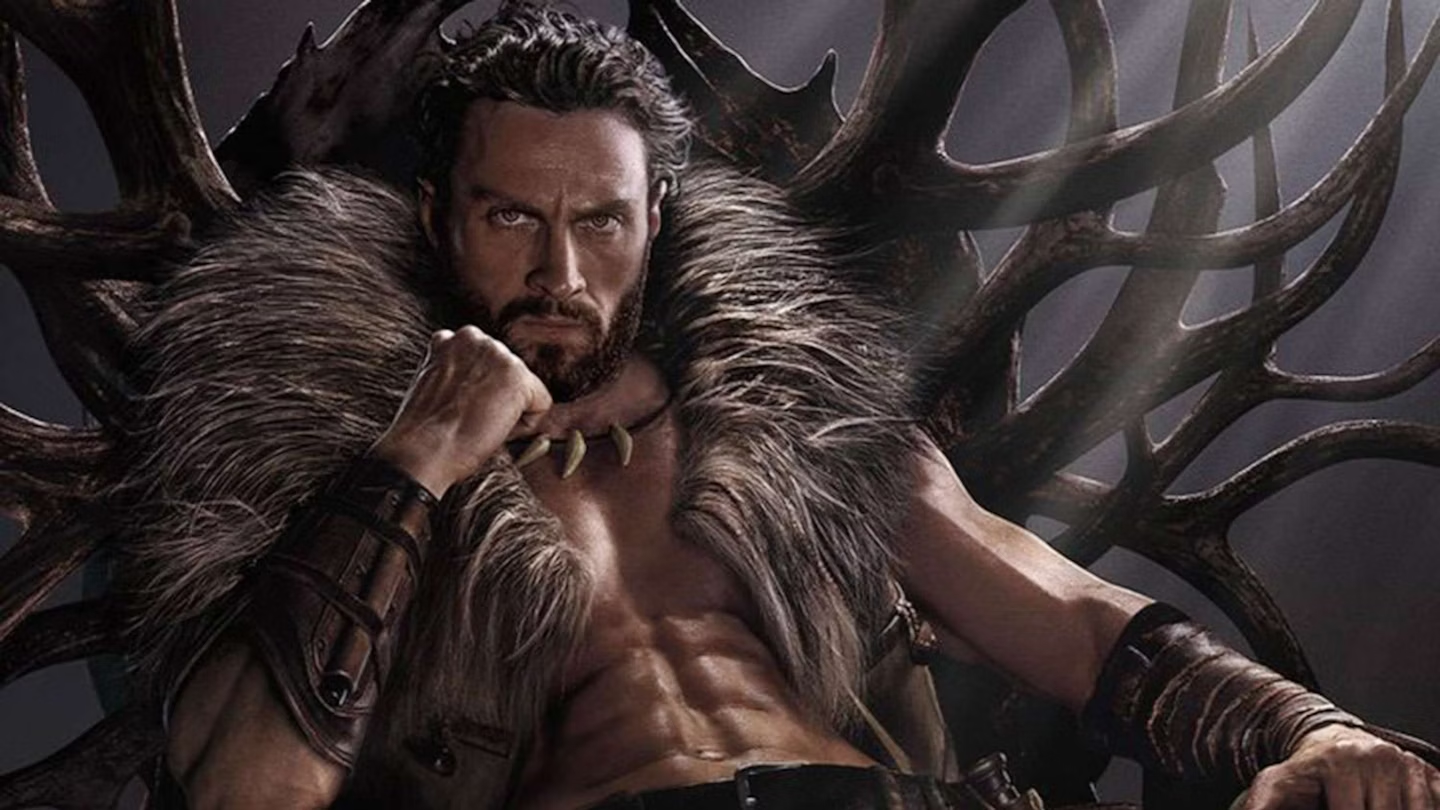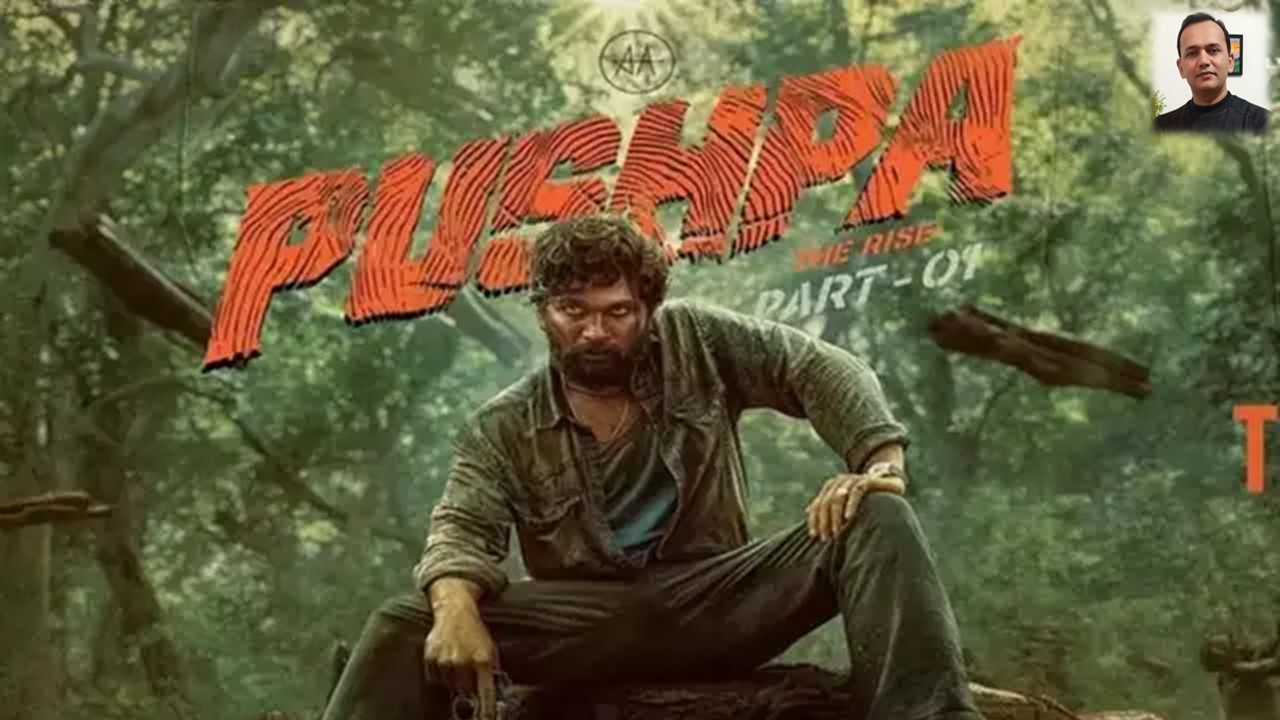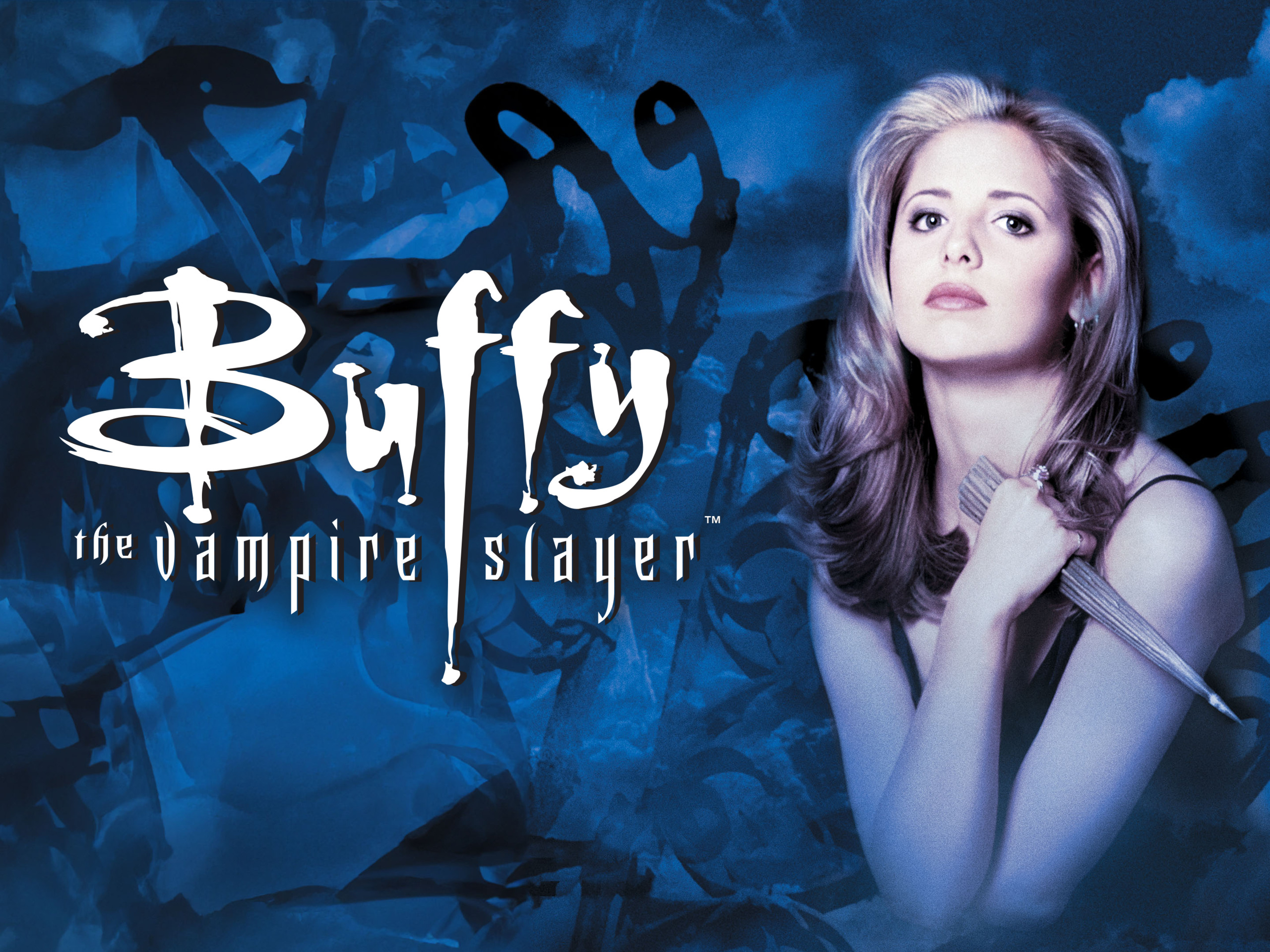The nuclear bombs have destroyed the modern civilization. Buildings have crumpled and energy is pretty much nonexistent. The strong have survived and the weak has perished or become fodder for the ones who are ruling the different villages or nomadic tribes that are inhabiting the world today. The world is desolate.
The grounds are ruined and cannot even grow even the most basic of flora. This is the world that makes up Fist of the North Star. In this world, which is very reminiscent of any kind of Mad Max or any kind of future dystopia, we have a man who, like from many Shakespeare or Greek tragedies, must reunite with his love and fight off his evil brothers and a traitor of a best friend.
This anime is a cult classic and is very well known with abridged series and with the main character being cos-played at many conventions. However, given the grim subject of the movie and considering the gravity of the nature and the amount of blood and head explosions, is the film any good? We will be looking at story, fighting scenes and the animation. Does this movie live up to the standards of classic anime movies or will it be another defeat in the hands of the viewers? Let’s roll up our sleeves and power up as we review Fist of the North Star.
The film is loosely based on the manga of the same title. The story (at least the dubbed version I had to view) is about Ken (Kenshiro) who is betrayed by his rival and friend Shin when he beats him up and takes his woman who he loved. When he is left for dead, his brothers (Jagi and Raoh) decide to disprove of his body by throwing it down a crevice. Raoh goes back home and claims to his master that Kenshiro has been defeated and he is now the new Fist of the North Star. He stares off into the earth and plans on what taking over the world.
Meanwhile, as time has passed, Kenshiro reemerges from a mute girl who psychologically called for help when she and her brother figure were being harassed by the local gang. He has a full beard and it seems like he has learned more abilities since his earlier defeat. He easily makes work of the gang in a quick manner with lots of body parts and heads exploding with all the bloody gruesome details.
Without revealing all the play-by-play sequences, Kenshiro ends up defeating his brother Jagi (who took over a town claiming to be the fist of the north star), defeated Shin and was able to stand his own against his brother Raoh, but eventually did lose the fight but not his life. He did rescue his girl but she disappeared during the fighting. Her goal seemed to just want to plant some seeds that she had and try and regrow the habitation that was long gone. At the end of the movie when Kenshiro is looking for her, he comes across an oasis of trees and water in the middle of the desert. He doesn’t really smile but rather looks determined to continue his quest to find her and be together again. The movie ends.
The fighting scenes are reminiscent of what anime was like during the 1980’s. There are lots of movements with the fists but the rest of the body is pretty stagnant (probably due to animation being expensive). With the fighting scenes, there are a lot of blood and body parts being ripped off from the limbs and dissected as well.
It’s very macho and very in your face about the violence of the nature that the creators have surrounded themselves in this story in so it does feel very appropriate that the gore and violence and the fighting match with the nature of the environment that this story is taking place in. The fighting itself has a little feel of Berserk meeting some early DBZ feel to it but the fights don’t last long enough to really have any kind of shonen hidden gem to it.
The animation style had the hand drawn appeal that I miss in modern animated features and it also has some grittiness to the way everyone is drawn. Everyone has some dirt, mud, smudges on them because in the vast desert and baron wasteland of Japan, clean water is scarce and having clean clothes seems unheard of or a luxury that people cannot have unless you have power and not money.
Even though the animation does have some stiffness in it and there is a lot of standing around with dialogue coming from mouths we cannot see, I think it’s still has a decent animation given the resources and what they had to work with. It can be choppy and the flow might not be the most crisp as later animated features would prove but there is a charm to what is shown to the viewer and a passion showcasing their style and their skills getting the story across.
This movie has some flaws but it does have some Greek tragedy/Shakespearean elements to it that western audiences can relate to and have an understanding why Kenshiro must do what he has to. A man who loses his love must fight back against all odds and armies to reclaim his love from the clutches of a jealous rival and a hate ridden older brother. That’s a story audiences can understand and root for.
The violence is over the top and there are a lot of body parts exploding but luckily the paste like red blood that comes from the victims are not in focus and we usually move on to the next victim until we get to the boss of that stage and have the epic take down. If you are an anime fan or if you enjoy animation with an interesting plot and some dark elements on a budget, then you’d like this film. I think the story of Fist of the North Star has been around for a while but, I think new audiences would quite enjoy some of the over-the-top fight scenes and some of the gritty atmosphere that is very symbolic to a Mad Max or a reverse Waterworld.
The movie is on the streaming site Crackle.

Movie
Is ‘Kraven the Hunter’ a Total Letdown?

“Kraven the Hunter,” directed by J.C. Chandor, aims to introduce a beloved Spider-Man villain to the big screen, but unfortunately, it falls short of expectations. The film suffers from noticeable issues, notably an overuse of ADR (Automated Dialogue Replacement), which detracts from the authenticity of the characters’ interactions and contributes to an uneven audio experience. This technical flaw is compounded by rough storytelling that feels disjointed and lacking in coherence, leaving viewers struggling to connect with the narrative.
Aaron Taylor-Johnson delivers a commendable performance as Kraven, showcasing the character’s gritty nature and complex motivations. His portrayal has potential, and it’s evident that he could elevate the character far beyond what is presented with a stronger script and direction. However, the absence of Spider-Man, a central figure in Kraven’s lore, leaves a void that the film struggles to fill. Without this critical connection, the plot meanders and fails to create the tension or stakes that fans of the superhero genre crave.
Additionally, including Rhino as a villain feels like a missed opportunity; he is presented more as a gag character with limited screen time, undermining any sense of threat or depth. For the average moviegoer, “Kraven the Hunter” might entertain but ultimately feels like a mediocre viewing experience. Comic book fans, however, may find disappointment in this lackluster attempt to create a solo character film. Instead of an exhilarating dive into Kraven’s world, the film presents a watered-down version, leaving audiences wishing for a more cohesive vision that honors its comic book roots.
Movie
A Brief Review and History of A Year Without a Santa Claus

A Year Without a Santa Claus, the 1974 stop-motion holiday classic produced by Rankin/Bass, is a heartwarming and whimsical tale that has cemented its place in holiday traditions. Based on Phyllis McGinley’s 1956 book, the story revolves around a disheartened Santa Claus who, feeling unappreciated, decides to take a year off from his Christmas duties. It’s up to Mrs. Claus and a pair of well-meaning elves, Jingle and Jangle, to reignite the Christmas spirit and show Santa the world’s unwavering belief in him.
The movie is beloved for its unforgettable characters, especially the bickering Miser Brothers, Snow Miser and Heat Miser. Their catchy, vaudeville-style musical numbers, “Snow Miser Song” and “Heat Miser Song”, are so iconic they’ve become cultural touchstones, often parodied and celebrated decades later.
Directed by Arthur Rankin Jr. and Jules Bass, the film continues the duo’s tradition of stop-motion magic, blending heartfelt storytelling with quirky humor. The voice cast, featuring Mickey Rooney as Santa and Shirley Booth as Mrs. Claus, delivers standout performances. Booth’s warm narration was her final acting role before retirement, adding a layer of poignancy to the film.
Initially released on December 10, 1974, on ABC, the special didn’t immediately achieve the legendary status of Rudolph the Red-Nosed Reindeer. However, it gained a dedicated following through annual holiday airings, nostalgic appeal, and its distinct charm.
The film’s themes of hope, unity, and rekindling joy remain timeless, making it a perennial favorite for audiences of all ages. Its blend of humor, catchy songs, and a touching message about believing in magic and goodwill ensures its enduring legacy during the holiday season.
For fans of holiday classics, A Year Without a Santa Claus is a must-watch that never fails to warm hearts and spread cheer.
Streaming
Review: Pushpa: The Rise (2021)

Director: Sukumar
Cast: Allu Arjun, Rashmika Mandanna, Fahadh Faasil
Genre: Action, Drama
Rating: 4.5/5
Pushpa: The Rise is a raw, adrenaline-fueled ride that showcases the underbelly of the red sandalwood smuggling trade in Andhra Pradesh. Directed by Sukumar, this movie brilliantly blends high-octane action with emotionally driven storytelling, making it a must-watch for fans of Telugu cinema and action dramas.
The narrative follows Pushpa Raj (Allu Arjun), a laborer in the red sandalwood trade, as he climbs the ranks to become a powerful figure. Born into poverty and scorned for his illegitimacy, Pushpa’s journey is marked by grit, ambition, and a fierce sense of self-respect. The film deftly balances the action-packed rise of Pushpa with moments of vulnerability, particularly in his tumultuous romance with Srivalli (Rashmika Mandanna).
The antagonist, Bhanwar Singh Shekhawat (Fahadh Faasil), is introduced towards the film’s end, setting the stage for a gripping sequel. The climactic confrontation between Pushpa and Shekhawat is a masterclass in tension-building, leaving viewers eagerly awaiting Pushpa: The Rule.
Allu Arjun: This is Allu Arjun’s film through and through. His transformation into Pushpa is a revelation, from his rugged look to his unapologetic demeanor. His mannerisms, including the now-iconic shoulder rub and dialogue delivery, make Pushpa an unforgettable character.
Rashmika Mandanna: While her role as Srivalli adds emotional depth to the story, it feels slightly underutilized. However, her chemistry with Allu Arjun is undeniable.
Fahadh Faasil: Despite limited screen time, Fahadh delivers a chilling performance as the cold and calculating Shekhawat. His presence promises an explosive conflict in the sequel.
Sukumar’s direction is stellar, balancing mass appeal with nuanced storytelling. The screenplay maintains a brisk pace, seamlessly weaving action sequences with character development. The film’s raw and grounded tone is a departure from the glossy feel of many mainstream Telugu films, adding authenticity to the story.
Mirosław Kuba Brożek’s cinematography is stunning, capturing the lush forests of Andhra Pradesh and the gritty world of the red sandalwood trade.
Devi Sri Prasad’s music is another highlight. Tracks like “Srivalli” and “Oo Antava” became cultural phenomena, while the background score enhanced the film’s intensity.
Action Sequences: The action choreography is visceral and hard-hitting, perfectly complementing the film’s tone.
The film explores themes of ambition, class struggle, and self-respect. Pushpa’s refusal to bow down to societal norms resonates deeply, making him a relatable anti-hero. The story also critiques the systemic exploitation of laborers, adding a layer of social commentary.
Pushpa: The Rise is an exemplary action-drama that redefines the Telugu film industry’s global appeal. With a magnetic performance by Allu Arjun, stellar direction by Sukumar, and unforgettable music, it stands out as one of the best films of 2021. While it occasionally falters with some underdeveloped subplots, the overall experience is nothing short of spectacular.
4.5/5 Pushpa: The Rise is a cinematic feast that deserves its cult status. Whether you’re a fan of Telugu action films or a newcomer, this film is a must-watch. Its cliffhanger ending ensures that Pushpa: The Rule will be even bigger and better.



